In today’s fast-paced world, being able to read and write is no longer enough. Children and adults alike must also learn Digital Literacy, the ability to use technology responsibly, think critically about online content, and navigate the internet safely.
Advantages of Digital Literacy
- Access to Knowledge – With just a few clicks, students can research, learn, and explore beyond their textbooks.
- Improved Communication – Families and friends stay connected across distances, while schools and workplaces collaborate faster.
- Career Readiness – Almost every job now requires digital skills, from basic computer use to advanced problem-solving with technology.
- Creativity & Innovation – Digital tools allow children to create art, videos, stories, and projects that expand imagination.
- Global Connection – It gives learners a chance to interact with different cultures and communities, broadening their perspectives.
Disadvantages of Digital Literacy (If Misused)
- Misinformation & Fake News – Not everything online is true; without guidance, people can be misled.
- Screen Addiction – Excessive use of gadgets can affect health, focus, and relationships.
- Privacy & Security Risks – Oversharing online can expose children and adults to identity theft, scams, or cyberbullying.
- Digital Divide – Not everyone has equal access to technology, creating gaps in learning opportunities.
- Reduced Critical Thinking – Over reliance on quick answers can discourage deep thinking and problem-solving.
The Balance
Digital literacy is not about avoiding technology, but about using it wisely. Parents, teachers, and community leaders must guide children to:
- Question what they see online
- Use technology for learning and growth
- Practice kindness and respect in digital spaces
- Balance screen time with offline activities
Just like books opened the door to knowledge for past generations, digital literacy is today’s key to success. But it must always come with responsibility.

Comments are closed